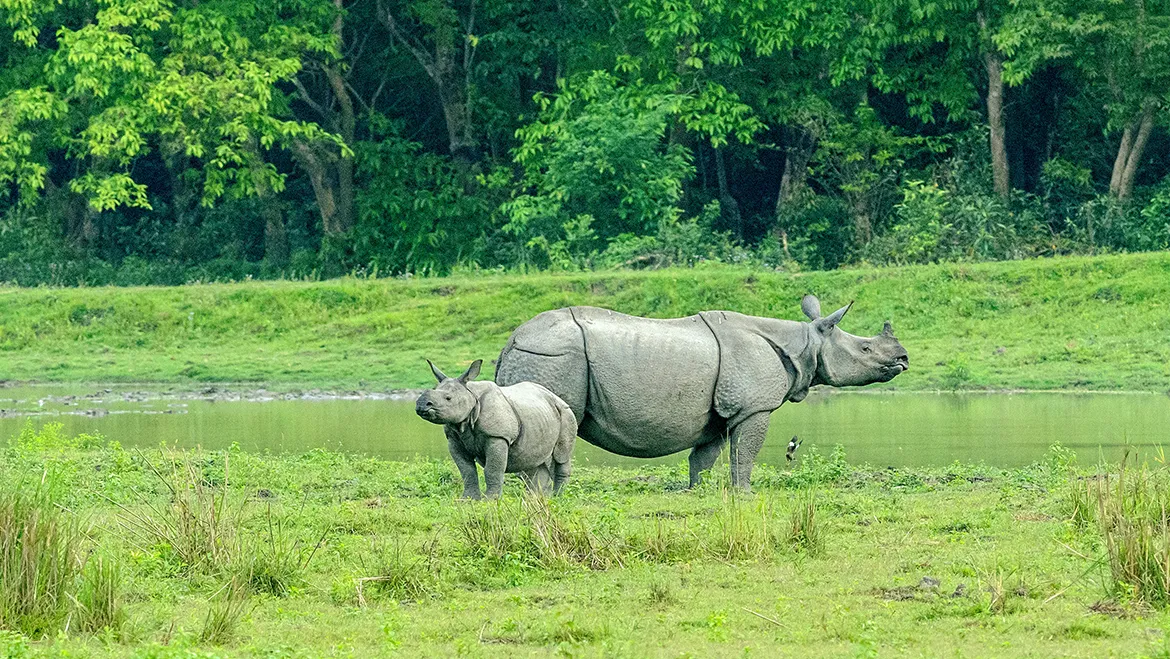
Guwahati: Kaziranga National Park in India has become the second highest butterfly diversity hub in the country, with over 446 species reported. This discovery was made possible by Dr. Monsoon Jyoti Gogoi's years of research.
The first 'Butterfly Conservation Meet-2024' held from September 27th to 29th attracted around 40 butterfly enthusiasts from across India, including representatives from North Eastern Hill University, Cotton University, various Assam colleges, the Maharashtra Forest Department, Corbett Foundation, and key members of the North East Butterflies group.
Also Read: India and Colombia strengthen bilateral ties, explore new cooperation areas
The event focused on detailed butterfly records and further dissemination on the butterfly status. A notable presentation by Gaurab Nandi Das from the Czech Republic on the 'Taxonomy of Butterflies' captivated the audience. Butterfly observation in different parts of the Kaziranga-Karbi Anglong landscape, especially in the Panbari Reserve Forest, was also observed. A total of 85 butterfly species were observed during the meet.

Gogoi, who has been studying butterflies in the region since 2007, shared that Kaziranga now ranks second in butterfly species diversity among India's protected areas, after Namdapha National Park. This record is particularly significant given Kaziranga's location outside the Himalayan and Patkai mountain ranges.
Also Read: Tomato prices to cool down soon, says Consumer Affairs Secretary
The Butterfly Conservation Meet aims to raise awareness about the importance of butterfly conservation in Kaziranga, encouraging further research, monitoring, and habitat protection initiatives. It ensures that butterflies become an integral part of Kaziranga's conservation priorities alongside its iconic 'Big Five' – the Bengal tiger, Indian rhinoceros, Asian elephant, wild water buffalo, and swamp deer.